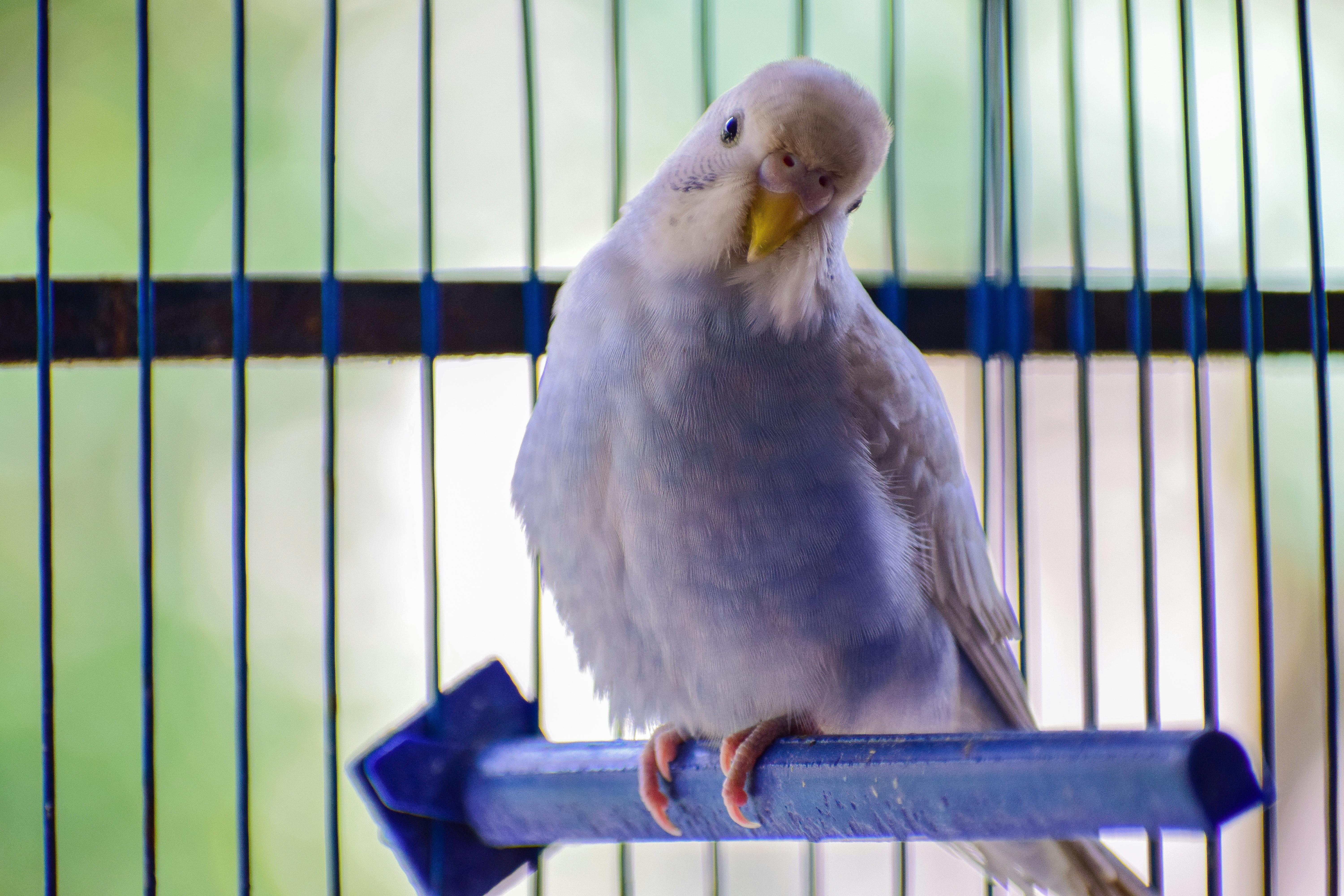
Effective Ways to Breed Betta Fish and Achieve Success in 2025
Breeding Betta fish can be a rewarding and fascinating endeavor for both beginners and seasoned aquarists. These vibrant creatures are not only beautiful but also possess specific breeding behaviors that require attention to detail. Understanding how to properly breed Betta fish involves knowing their requirements, behaviors, and the steps to ensure a successful spawning process.
In this article, we’ll explore effective methods for breeding Betta fish at home, including setting up the ideal breeding tank, successful breeding practices, care for Betta fry, and the importance of maintaining optimal water conditions. By the end, you’ll have a comprehensive roadmap to ensure a successful fishing breeding experience in 2025. Before diving in, key takeaways will cover key aspects of Betta fish breeding, making it easier to navigate your Betta breeding journey.
Preparing Your Betta Fish Breeding Tank Setup
Creating a conducive breeding environment is essential when planning to breed Betta fish. The right tank setup can influence not only the breeding process but also the health and wellbeing of your Betta fish. First, it's crucial to select a suitable tank size; a minimum of 10 gallons is recommended for breeding pairs. This size allows ample space for swimming and establishes territories.
Essential Equipment for Breeding Tanks
When setting up your Betta breeding tank, ensure you have the necessary equipment, such as a heater to maintain optimal water temperatures around 78-80°F. It’s essential to install a good tank filtration system, but be mindful of the water current, which should be gentle to avoid disturbing the breeding pair. Additionally, adding plants like Java moss can provide hiding spots and nesting areas for the Betta fish.
Conditioning Your Betta Fish for Breeding
Before introducing your breeding pair into the tank, conditioning them is a crucial step. Conditioning involves providing a nutritious diet to both the male and female Betta fish to prepare them for breeding. High-quality foods such as live or frozen brine shrimp, daphnia, and specially formulated Betta pellets can enhance their reproductive health and stimulate breeding behaviors.
Setting the Right Water Conditions
Water quality and conditions play a significant role in Betta fish breeding. Ensure pH levels are between 6.5 to 7.5, and perform regular water changes to maintain a clean environment. Testing for ammonia and nitrite levels is also essential to avoid harmful conditions. Having a well-cycled tank will encourage breeding, as a stable environment reduces stress for both fish.
With the breeding tank properly set up and your Betta fish conditioned, you are now ready to move on to introducing them for spawning.
Understanding the Breeding Process of Betta Fish
The breeding process of Betta fish, particularly the spawning habits and behaviors, is fascinating to observe. When introducing a male Betta and a female Betta into the breeding tank, the male typically begins to build a bubble nest at the water's surface. This nest will serve as a home for the eggs once spawning occurs.
Identifying Male and Female Betta Fish
Knowing how to differentiate between male and female Betta fish is essential when preparing for breeding. Male Betta fish are often more vibrant in color, display longer fins, and exhibit aggressive behavior. In contrast, females tend to have shorter fins and a rounder body shape. Observing their physical characteristics will ensure that you choose a compatible breeding pair.
The Spawning Ritual
Once the breeding pair is introduced, the male will perform a courtship dance to entice the female. This may include flaring his fins and changing colors to attract her attention. It’s important to monitor their behavior closely. If the female shows signs of stress or aggression from the male, then they may need to be separated temporarily.
Caring for Betta Fish Eggs
After successful spawning, the female will lay eggs, which the male will then fertilize. The male takes on the protective role, gathering the eggs into the bubble nest. It’s crucial to watch the male's behavior closely, as he will guard the nest and assist the fry after they hatch. Once the fry are free-swimming, it's vital to remove the female from the tank to prevent her from being attacked by the male.
Understanding the breeding process is essential, as it lays the foundation for subsequent care of the Betta fry.
Caring for Betta Fry: Tips and Best Practices
Caring for Betta fry requires specific attention to their nutritional needs and growth conditions. After the female has been removed from the breeding tank, it’s vital to monitor the eggs closely until they hatch.
Feeding Betta Fry: Best Foods
Once the fry are free-swimming, they will require appropriate food to support their growth. Infusoria, baby brine shrimp, and specialized Betta fry food are excellent options to provide the essential nutrients they need. It's important to feed them in small amounts several times a day to ensure healthy growth rates.
Maintaining Water Quality for Fry Care
Maintaining water quality is crucial in the fry development stage. Keep the water temperature consistently warm and perform frequent water changes, ensuring that ammonia and other harmful substances remain at optimal levels. A stable environment encourages quicker growth and healthier fry.
Tank Requirements for Betta Fry
Providing adequate space for Betta fry is essential. A tank of at least 5 gallons is sufficient for growing fry. Ensure the tank includes gentle filtration with sponge filters to avoid any disturbance. You can also add plants to provide coverage as the fry begin to develop their own swimming skills.

Common Mistakes to Avoid When Breeding Betta Fish
Even seasoned aquarists can make mistakes when breeding Betta fish. Being aware of common errors can help you achieve a higher success rate.
Ignoring Water Quality Indicators
One of the most significant mistakes is neglecting to monitor water quality. High ammonia levels can be devastating for both adult Betta fish and fry. Regular testing and water changes can help maintain a bad environment friendly to breeding.
Incompatible Breeding Pairs
Choosing incompatible breeding pairs can lead to stress and aggression, resulting in failed breeding attempts. Always observe interactions before leaving them together and opt for pairs with similar temperaments and colors to ensure compatibility.
Overcrowding the Breeding Tank
Overcrowding can disrupt the breeding process and lead to stress. Remember to give each fish enough space to swim and establish territories. Reducing the number of fish in the breeding tank can help achieve a smoother breeding experience.
By recognizing and correcting these mistakes, you will increase your chances for successful Betta fish breeding.
Monitoring Health and Behavior for Successful Breeding
Keeping an eye on the health and behavior of your Betta fish is essential during the breeding process.
Observing Signs of Stress or Illness
Behavioral changes in Betta fish can signal stress or health issues, which can impact breeding success. Signs such as lethargy, loss of appetite, or changes in color indicate that immediate action is necessary. Regularly observe both breeding pairs, especially during the breeding phase.
Providing a Balanced Diet
Feeding Betta fish a balanced diet during the breeding phase is crucial. In addition to their regular food, offer variety with protein-rich options to maintain energy and health. Ensuring a stable diet will help them maintain their conditioning for breeding.
Keeping a Breeding Log
Tracking breeding cycles and fish behavior can be beneficial. Maintain a breeding log to record important dates, breeding behavior, and issues encountered. This will help improve your breeding practices over time and assist in identifying successful breeding pairs in future attempts.

Conclusion: Embracing the Journey of Breeding Betta Fish
Breeding Betta fish can be a fulfilling and creative experience. By understanding the requirements for breeding, caring for Betta fry, and dodging common mistakes, you can set the stage for a successful breeding venture. Remember to maintain quality water conditions, monitor your fish’s health, and remain patient throughout the process. With dedication and enthusiasm, 2025 can be your most successful year in Betta fish breeding yet!